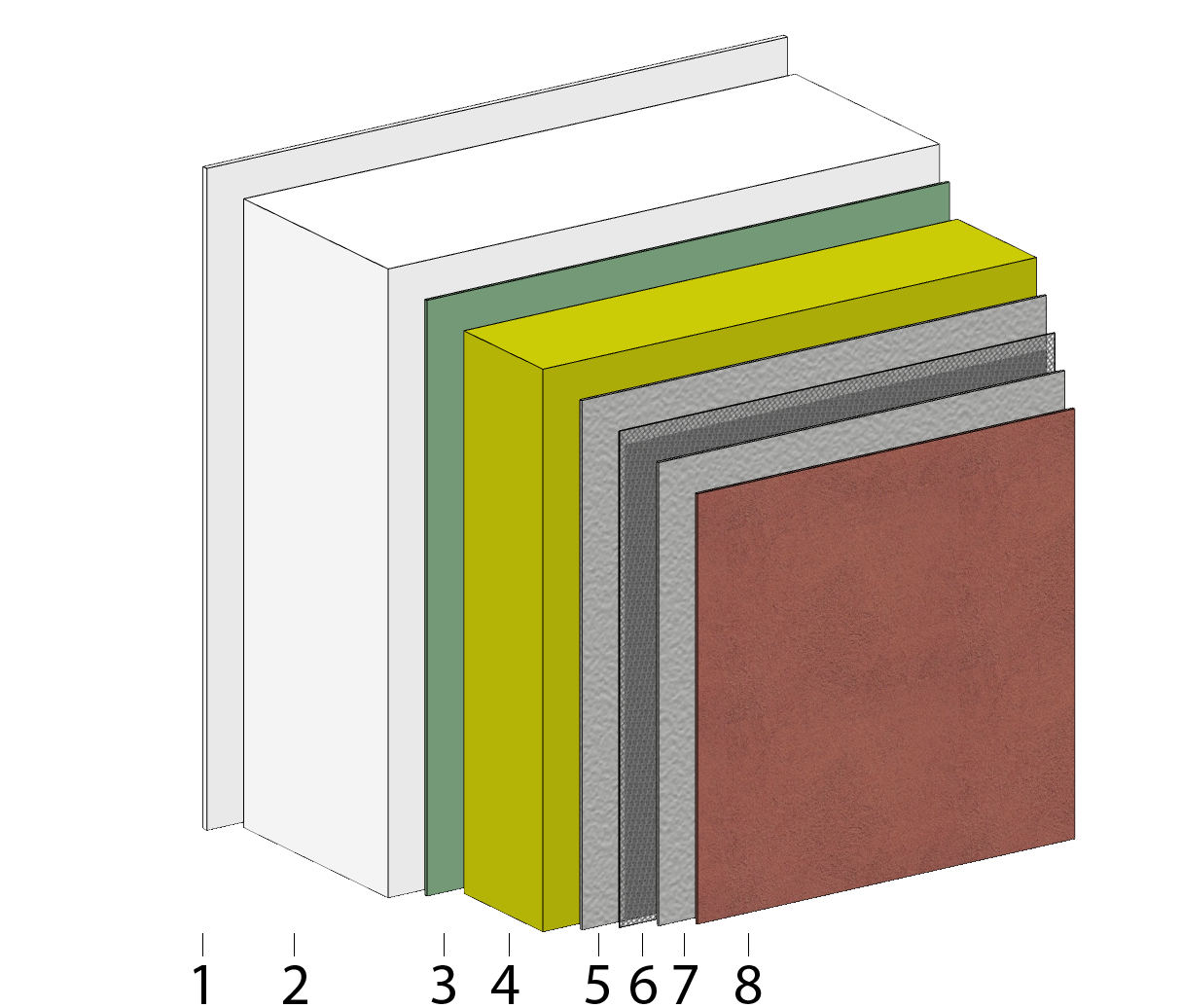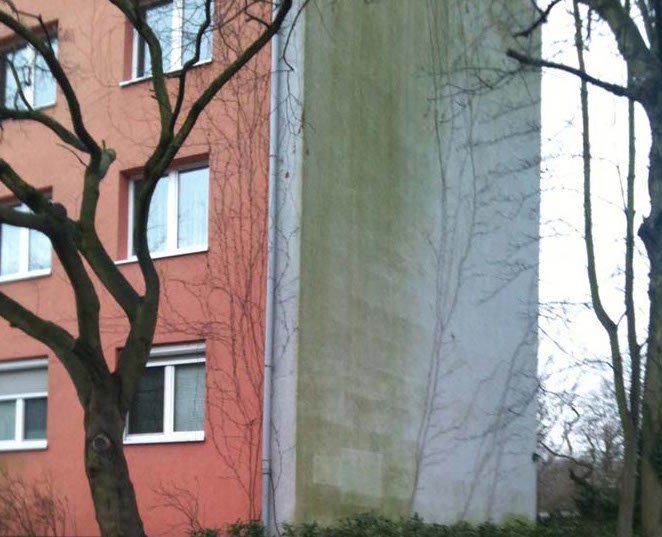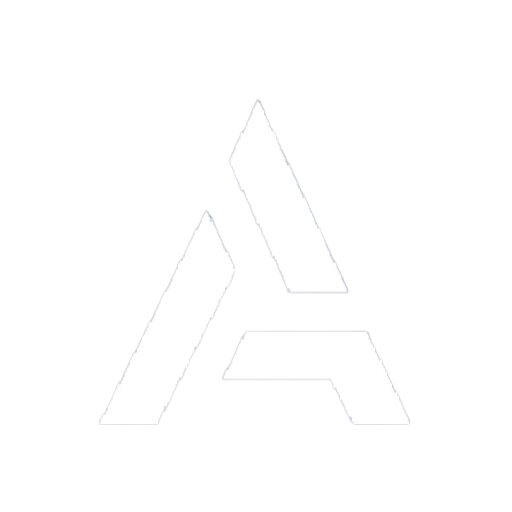In order to meet the requirements of the EnEV and save energy at the same time, you as the builder have to decide on a suitable insulation variant. The most widespread are thermal insulation composite systems – better known as ETICS. Here you can find out the advantages and disadvantages of this form of insulation and what alternatives are available to you.
the essentials in brief
- Thermal insulation composite systems consist of several layers that are composed of different materials.
- ETICS is the most common insulation method in Germany and therefore also the relatively cheapest.
- Saving energy is the basic idea behind insulation. However, the non-degradable materials that are often used for insulation score negative points in the area of sustainability.
ETICS – the multi-layer system
Thermal insulation composite systems (ETICS) have been on the market since the 1960s. They consist of different layers that can be glued, dowelled or – if the substructure is “unsuitable” – mechanically fastened to the facade with rails. If you do not include the shell (1+2) including the bonding/dowelling (3) and the coloring, the system consists of three layers: the thermal insulation (4) , the reinforcement layer (6) with the respective base coat (5+7) and the exterior plaster (8) . Each ingredient may vary in scope and quality. The most common choices are:

©2020 Kemb GmbH
thermal insulation
- mineral wool (rock or glass wool)
- ecological insulation (e.g. hemp)
- vacuum insulation panels
reinforcement layer
- Consists of base coat and glass fiber fabric (fabric insert), determines the adhesion and the selection of the exterior plaster
- organic reinforcement mortar
exterior plaster
- silicate plasters
- synthetic resin plaster
- silicone resin plasters
Small blemishes

©2020 Kemb GmbH
In the 1970s, multilayer systems were only 2-5 cm thick. Today it has to be up to 25 cm to meet the requirements of the EnEV. This “space” can be grasped. Knock on house walls! You will notice which are solid or monolithic and which are multi-layered, the latter sounding hollow! The dowels, which are required as a holding element from a certain thickness of the insulation, are often visible on the outer wall over time: circles are visible! At this point the insulation is weakened. In addition, there may be algae growth and mold formation, which are due to the formation of condensation in the facade. These are all blemishes, but some certainly need constant correction.
What does the wallet need to know?
The market is well positioned in the field of ETICS. The competition makes it possible for the insulation technology to be offered comparatively cheaply. In addition, there is a high level of experience, which enables easy planning. The different trades that are necessary for the construction of the wall also offer space for personal work . Painting work in particular is easy to do yourself.
However, a longer construction time is usually to be expected in comparison to the monolithic wall structure. Each layer of the wall is usually done by a different craftsman. Construction defects can therefore go unnoticed or are difficult to trace or rectify.
How sustainable is this type of insulation?
ETICS providers advertise with environmental friendliness and promise value increase in building renovations. In fact, the original idea of insulation is to save energy and thereby protect the environment. Due to the widespread use (for cost reasons) of non-renewable materials, however, it is not possible to predict whether ETICS is actually environmentally friendly or whether it will damage the environment in the long term due to the hazardous waste produced.
| Benefits of ETICS | Disadvantages of ETICS |
| inexpensive | longer construction time |
| easy to plan | error difficult to understand |
| easy to install | Danger of algae formation and mould |
| strong market, large selection of providers | Little design options |
| Possibility of personal contribution (e.g. painting work) | Fossil (non-degradable) building materials |
| Environmentally friendly by saving energy | |
| Possibilities of ecological insulation |
How are the disadvantages dealt with in the field of ETICS?
The listed disadvantages have of course long been known in the field of ETICS. Some of these problems are also successfully addressed without departing from the idea of the multi-layered construct.
Blemishes such as algae formation and visible circles on the facade can be remedied with simple means such as anti-algae paint and plastic dowels.
your alternatives
Thermal insulation composite systems are of great importance in the field of insulation. The market offers inexpensive variants and a high level of experience, which makes planning easier. As a builder, you can also choose between numerous manufacturers and thus ensure the best variant for you. However, ETICS also bring with them problems that can only be partially remedied.
If you opt for a monolithic construction and thus against ETICS, you have the following options:



